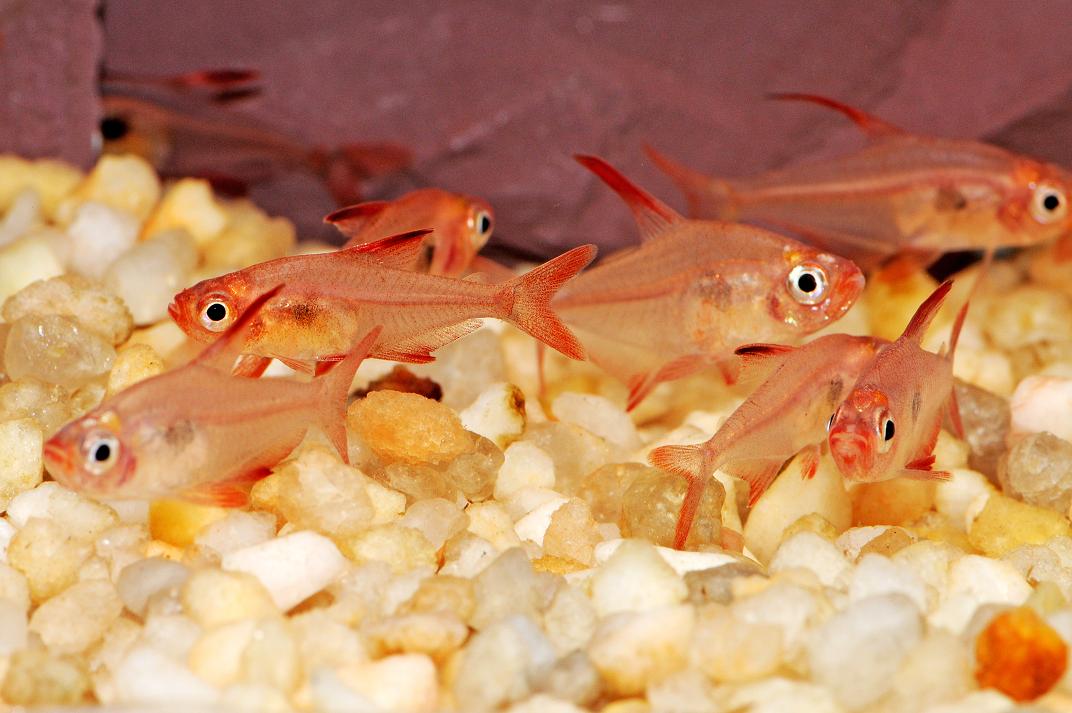
While Black Phantom tetras can adapt to a wide range of conditions, it’s always good to aim for the water parameters recommended below. Generally, the dense vegetation and decaying plant matter result in nutrient-rich waters that are on the acidic side. These fish dwell in slow-moving water that is murky and filled with plant life. They do best in biotope tanks that are set up with the same water chemistry as their natural habitat. Water Parametersīlack Phantom tetras thrive in tropical river conditions. Aim for an aquarium that’s at least 40 inches long to ensure that your fish can swim freely. A cramped aquarium will only increase stress levels and lead to a lack of enrichment.Īuthor Note: In addition to volume, pay close attention to the length of the tank. However, it does help!Īs active swimmers, this freshwater species needs ample open space. Thanks to their small stature, Black Phantoms don’t need a massive aquarium to thrive. In fact, we recommend going with a tank that holds 20 gallons or more. Tank SizeĪ 10-gallon aquarium should be the bare minimum when it comes to the ideal Black Phantom tetra tank size. Here are some care guidelines to help you keep these fish happy and healthy. Black Phantom tetras have specific water parameters and dietary needs too! Plus, their non-aggressive nature makes the fish easy to pair with othersĪll that said, you still have to be vigilant about their care. Considered a good “newbie” species, they can adapt to a decent range of conditions. Like the other species in their family, Black Phantom tetra care is a fairly low-maintenance responsibility.

Their black marking is usually visible from afar, but it’s hard to spot the rest (especially when they’re moving) Black Phantom Tetra Care You might see some specimens reach two inches in length, but that’s very rare.īecause they’re such a small species, you have to get up close to truly appreciate all of the detail on this fish’s body. The average size of an adult Black Phantom tetra is between 1.4 and 1.75 inches in length.

Without proper care, the Black Phantom tetra could suffer from disease and a shortened lifespan. Like any other species, they need optimal water conditions, the right environment, and a high-quality diet to truly thrive. The quality of care you provide will have an impact on this fish’s life expectancy. Some may even reach six years if you’re lucky! The average Black Phantom tetra lifespan is about five years. They’re also a bit plumper (this is especially true around times of spawning). Females have red coloration on their pelvic, anal, and adipose fins. Males also have long flowing fins that are often edged with black.Īuthor Note: Telling the difference between males and females is very easy. However, it tends to be more intense with males. The distinct marking looks like a foreboding eye staring back at you!Īll Black Phantom tetras have this marking on both sides of the body. Flaking the black spot, you’ll find iridescent stripes with a subtle tinge of blue. This mark is what gives the fish its name. However, the most defining feature is a distinct eye-shaped marking behind the gills. The body of the fish is relatively muted, as the base coloration is usually smokey-gray. This includes a flat, tetragonal body, wide anal fin, and a tiny little adipose fin. At face value, the fish has many of the same features you see on other types of tetras. This eye-catching fish species has some unique physical characteristics. As a result, they’re easy to find and add to your fish collection! Appearance This species flourishes in the wild and readily breeds in captivity. Most notably, you can find them in the upper Paraguay and Madeira basins. They inhabit bodies of water throughout Bolivia and West Brazil. With their unique social interactions and penchant for darting throughout the tank, these fish always put on a show.īlack Phantom tetras are native to South America. They’re an active species as well (more on that later). Social and very playful, Black Phantom tetras make excellent additions to community tanks. Named after their striking appearance, these freshwater fish are actually far more peaceful than their trade name would have you believe. The Black Phantom tetra (scientific name: Hyphessobrycon megalopterus) has an ominous name and a sinister look to match.


 0 kommentar(er)
0 kommentar(er)
